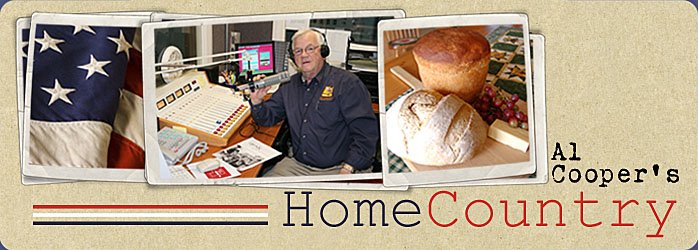Nowadays we often hear references to
our “coalition partners” when politicians tell us what is working and what isn’t
working in our “War against Terrorism”. I have to deduce that whoever these
mysterious “partners” may be, they remain largely a “ghost army”. On the other
hand, those of us who served in the Korean War, know who and what real coalition partners look like. There
we had 21 nations who had the courage to stand at our side in the fight against
the global spread of Godless Communism. Particularly noticeable were the
British Commonwealth nations, with Australia and New Zealand sending some of
the most talented fighter squadrons I have ever seen in action. Our unit often
hosted the 1st Royal Tank Regiment in baseball competition and I
served on a temporary undercover mission with two “spooks” from British SAS.
Then there were Canadian, French, Cambodian, Thai and Colombian troops holding
down neighboring positions, beside the Turks who turned out to be the most
aggressive, fierce and dedicated combat troops of the entire war. Although it
was kept quiet until long after the war, there is evidence that as many as 1200
volunteers from Japan – our very recent enemy – came to serve beside us.
Norway decided to contribute non-combat
personnel to the Korean War effort, mostly in the form of well-supplied and
very professional medical units. It came to be my good fortune that one of
those NORWEGIAN MASH units was located not far from my Squadron’s location near
the 38th parallel. In the terrible winter of 1952, I was being
treated for flu symptoms by U.S. medics and doctors when I broke out with a
serious case of hives and swellings all over my body. After several days of
worsening complications, it was determined that my throat was swelling shut and
I was in danger of losing the ability to breathe. As a last resort I was driven
to the Norwegian Mash Hospital near Uijeongbu where an older, highly skilled
Doctor identified my expanding problem as a violent reaction to penicillin with
which I had received a number of injections. Much was still being learned about
the “miracle” life-saving drug and the Norwegians must have been ahead of us.
One painful (sickening) injection of a milky-white substance in a syringe whose
mere size was intimidating did the trick, and after several hours of
observation they sent me back to my unit. Several days on aspirin phenol &
codeine (APC), and thanks to buddies who surreptitiously kept my canteen filled
with something other than water, I was back to duty.
In this process I became friends
with a number of my Scandinavian benefactors who later visited with me as
special “guests” at our NCO club (a rusty Quonset hut with a mobile bar that
was pretty well stocked). I quickly learned that in the Norwegian military, a
Medical Doctor was not necessarily a commissioned officer as was the case with
us; at least not all the time. With
a system similar to the Brits’ “artificer” ratings, a “professional specialist”
– such as a Doctor – would wear an officer’s rank when on duty in a
professional setting such as a clinic or operating room – but would revert to a
rate commensurate with his level of military
training – at other times. Most of my new friends were non-commissioned
officers after hours which took some getting used to. In return for our
friendship, they introduced the men of my outfit to Danish Tuborg beer which quickly became a squadron favorite.
In Korea a sense of brotherhood
developed between the Allies of many nations whose volunteers shared every
danger and discomfort we did, and there was a mutual respect which I will never
forget.
Especially, I will forever be
grateful to the men and women of NORWEGIAN MASH!
NOTE:
NORMASH lost two of their people in Korean War service, and won two
Presidential Citations.
Al Cooper being
interviewed recently by producers from Arirang
Global Television for a Korean War documentary
marking the 62nd anniversary of the end of that War as seen through
the eyes of American veterans.





No comments:
Post a Comment